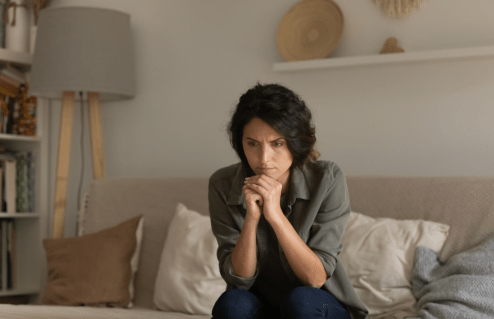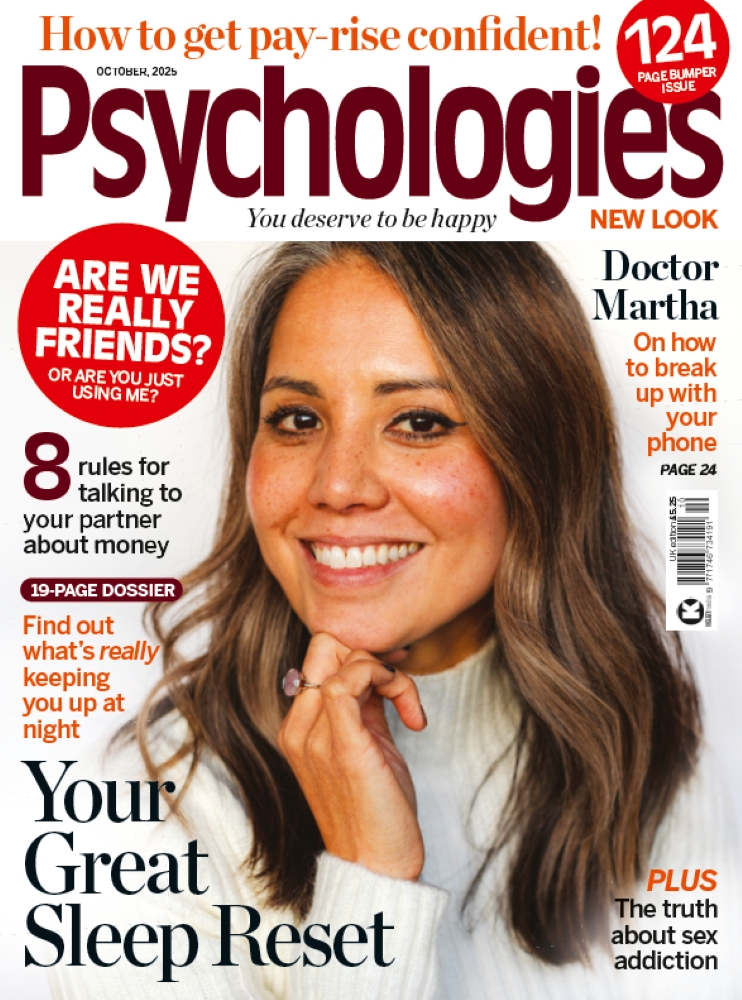The person beneath the dementia – using art and music to evoke memory
Sal Tonge, professional storyteller and musician, shares ways you can connect with someone living with Alzheimer's or dementia

The total number of people living with dementia is projected to top 75 million by 2030, according to the World Health Organisation. It will almost triple by 2050 to 135.5 million. For every person living with a diagnosis of dementia, there is at least one other person caring and supporting them, and the figures quickly multiply.
This gives us an inkling as to the scale of the problem we need to tackle, and the host of financial and political decisions that need be taken to meet the needs of a future generation of people living with and caring for those with dementia.
For me, a lifelong collector of oral bric-a-brac, all I think of when I hear such statistics, is the person residing behind every number – the stories they have to tell, those which they can’t tell, and the rich wealth of unexplored personhood which becomes concealed as memory diminishes.
I have worked for over 20 years as a professional storyteller and musician. I call myself a trader of twaddle, of things that often don’t ever get written down and yet have the potential to bring us together through shared memory. Over the last few months, I’ve been privileged to work with people living with dementia and their families on a project called Cake and Creative Conversations.
This project, supported by the Calouste Gulbenkian Foundation, as part of their inquiry into the civic role of arts organisations, uses story, reminiscence and music to engage with people living with dementia, to evoke a shared repertoire and find connection, unravelling a common thread and spinning a shared yarn.
This work has brought me closer to a moment in life I knew little about before. What I’ve learned is that too often with people living with dementia, all we see is the condition. The conversations people have are frequently functional and health orientated – carers have to think constantly about medication, daily needs and dignities, family get caught up thinking about progress or their decline. The simple act of talking and listening – playfully and creatively – can be overlooked. I am privileged to be a professional who is hired to take the time to pause and have these conversations.
Creating stories
Often, when working created stories about photographs which we later shared with their carers. It is truly magical watching people unfold through storytelling and seeing their humour and wit, cheeky and sometimes even risqué aspects of their personalities shine through. It is equally wonderful watching their carers light up, delighting in the glimpse of their loved ones re-emerging, as if from a sleep.
I also engage with people using music. Music is an incredibly powerful tool – it can help you to reconnect with lost elements of a person, as well as constructing the pathway to remembering. Recently, I was leading a singing session in a care home and an elderly woman stopped me to say that she had sung the song when she was a little girl. She began to cry, as engaging with these memories was overwhelming, and I encouraged her to. It’s important to accept is that pain is OK – sadness and melancholy are all shades of colour on our emotional rainbow. When pain is shared in a group, with carers and other souls, we are supported.
Although Cake and Creative Conversations has drawn to a close, my work beyond this project carries on. I sustain links made with community groups who need the involvement of professional artists to enrich and diversify the activities they offer to families. I continue to visit church groups, Age UK centres and projects in care homes.
There is a rising number of people with dementia and an increasing strain on health services. The arts can’t be the solution to all of these problems, but they can bring vital medicine to these fragmented people, places and times. We can connect through the act of singing and storytelling, and also recall the people we are and the lives we have led – remembering the person under every condition.
Ideas for engaging with somebody living with dementia:
- ‘Permission to play replaces the pressure to remember’ – wise words from artist and teacher Anne Basting. Don’t worry about getting the right answer and the correct order of a memory, things will come out in all sorts of order. Greet utterances with ‘yes and…’ rather than ‘ah, but…’ – this will increase flow of conversation.
- Involve the senses – use fiddle boxes with buttons, dusters, scented hand cream, sweets (if allowed!), shoe polish brushes, bars of carbolic soap or tinsel. These all stimulate the senses. Be around to supervise though.
- Don’t worry about getting it right. Share a song, even if you have to say ‘la la la’ in place of the words because they can’t be remembered. You are still sharing time and energy.
- Mind the gap – processing time is often slower than you think. Let the gaps be there, go slowly, repeat and recap. Allow time for ideas to trickle slowly and gently.
- Stay open and have no expectations. When you have finished your time, cue this with a five minute warning, and two minute warning, then a finishing gesture – a song, repeating of ‘farewell’, ‘goodbye’ or ‘ta ra’. All of this helps the transition from moment to moment for someone who may be confused.
Sal Tonge is a professional storyteller and musician. Find out more about Sal here.
This is just one of many projects funded by the Calouste Gulbenkian Foundation, looking at the civic role of arts as part of a national inquiry, the findings from the first phase of which will launch in spring 2017.
Photograph: iStock
Words edited by Ellen Tout.









